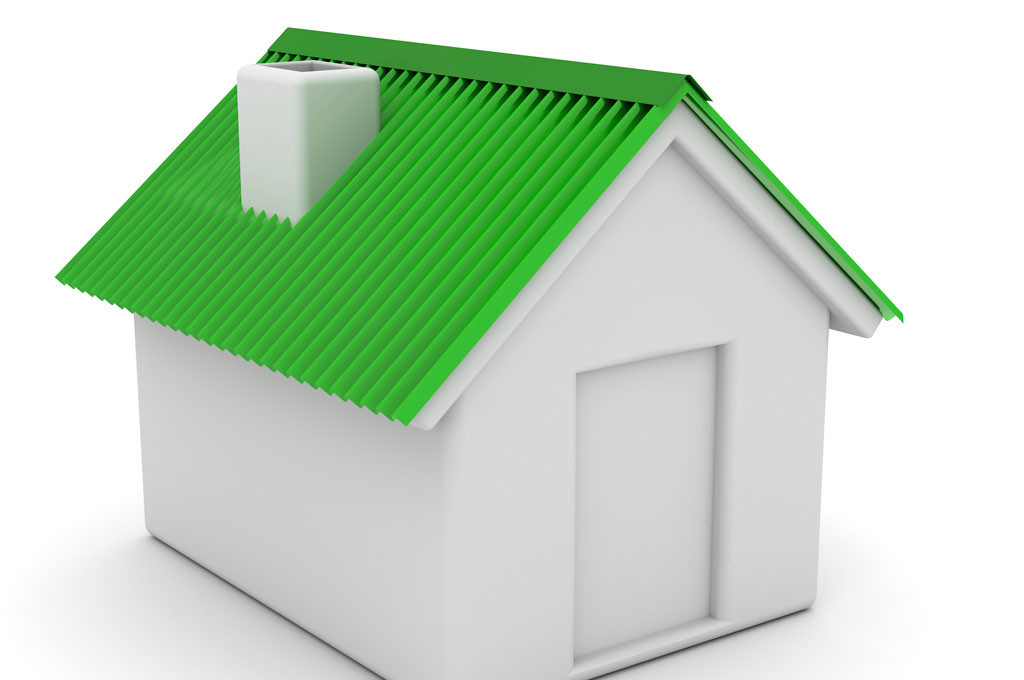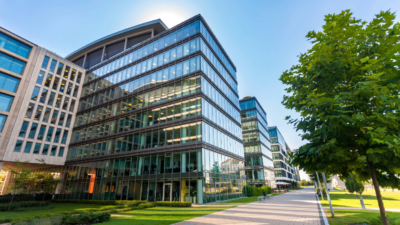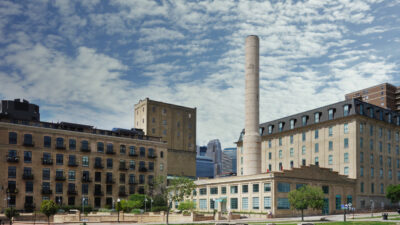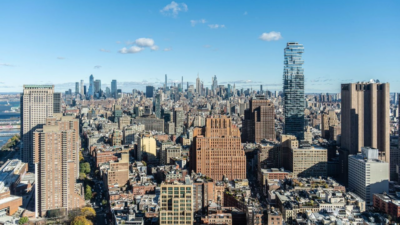Imagine a post-apocalyptic cityscape. Abandoned buildings in every direction, zombies dotting the horizon, and a hint of green as nature slowly takes over. It gives new meaning to the term “concrete jungle.” Forgoing the requisite extinction level event, the scene isn’t as outlandish as it sounds. Little green sanctuaries are popping up all over cities across America and they’re less about beautification than you think.
Plus: Unearthing a new trend | How our summer intern changed the way we lead
New York City might be the last place anybody would think to look for a sustainable farm. That, Brooklyn Grange – a leading green roofing business – would tell you, is precisely what makes the concept so successful. City greening, literally and environmentally, is not a new idea. Central Park was chartered in 1853 as a haven from increasingly chaotic city life. New York’s population nearly quadrupled in the previous 30 years and people gravitated towards any open spaces they could find. A park beat hanging out in cemeteries. However, room for trees and grass has almost always meant less room for revenue-generating real estate.
Also: Should landlords worry about the gig economy? | Looking for lease leverage? Start early.
Brooklyn Grange is working to change that. They focus on combining the benefits of open vegetation spaces in the city with actual value. Headlining are two soil-based rooftop farms that produce 50,000 pounds of produce annually which include egg-laying hens and a commercial apiary. Perhaps more meaningful is their consulting work with non-farm green roofs. Building owners eager to add a creative new amenity are finding substantially more benefits than they bargained for.
The Javits Center in New York commissioned a new roof and, after some deliberation, settled on the living green option. In addition to helping give the building a unique identity, the surface contributes to the asset’s overall LEED score. Practical results of LEED notwithstanding – more money saved in operations and more money earned in leasing – the neat trick green roofs play is that they stack up benefits of recreating what was once just a dull, lifeless utilitarian cap.
Javits Center planners considered using pavers to refinish the roof, but backed away after determining how much structural reinforcement would be necessary to support the added weight. A natural roof not only gave them a more economical solution, it moderates rooftop temperature and keeps down heating and cooling costs. By covering the actual roof structure, the building is also more protected from UV damage, airborne debris, and temperature extremes. In some places, new construction requirements dictate green roofs because of the benefits to the local ecosystem. Instead of channeling storm runoff directly into local sewers, the natural growth helps reduce peak flow which sets off a cascade of plusses: decreased load on the local sewage system, reduced runoff, and a more ecologically friendly building.
The options for creative build-outs and money-saving management operations often seem limited and dry. Much of what comes to mind has already been done, or simply checks a box. Brooklyn Grange and others like them are proving that a new type of urban denizen has a unique set of needs that falls outside of conventional city thinking. Fascinating things can happen when these demands converge with extremely traditional industries; the two can learn a lot from each other. In this case, a new visual identity turns out to be a lot more than just a nice place to take in the scenery.
A mentor, a real estate executive and a mom, Karen spends time all over the map. If she isn’t traveling, Karen is busy with everything from IREM to Virginia Tech’s Real Estate program. When she has a few minutes to spare, she considers it a personal mission to find new homes for all of Lucky Dog Animal Rescue’s four-legged companions.

 Karen Whitt
Karen Whitt

 Marc Shandler
Marc Shandler Josh Cramer
Josh Cramer
 Jesse Tollison
Jesse Tollison
 Katie Watts
Katie Watts